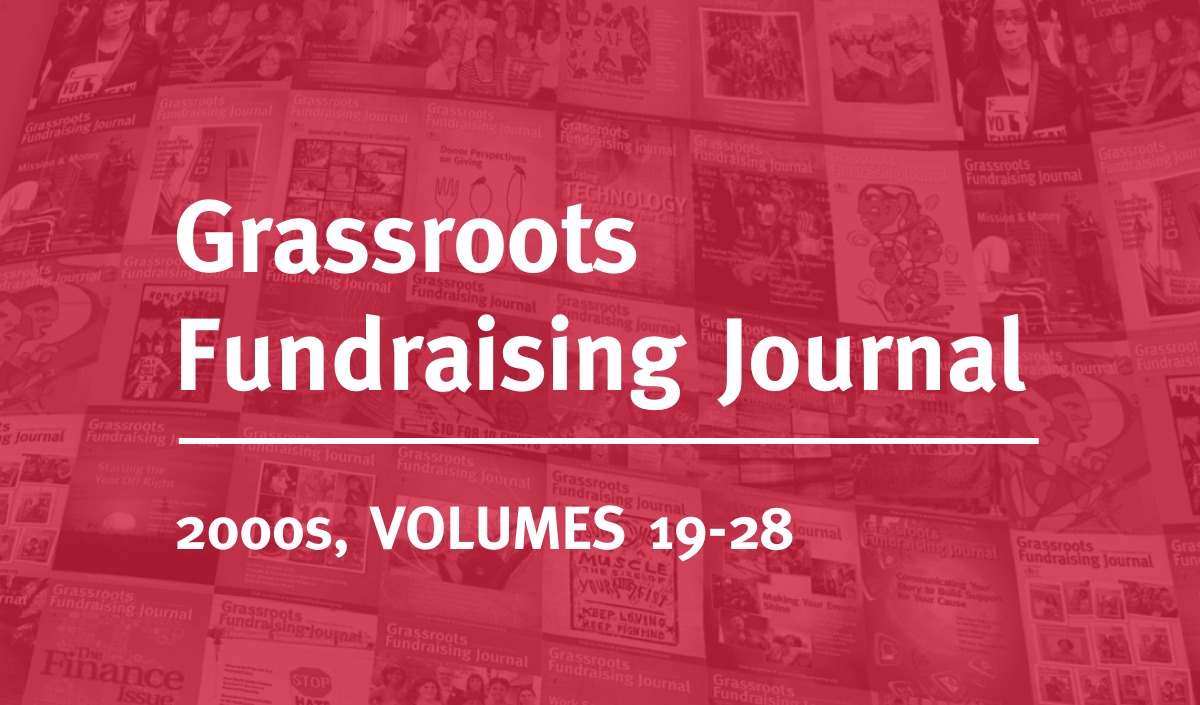September 26, 2011; Source: Stateline | Until yesterday evening Congress was nearing the possibility of another government shutdown due to its inability to pass a continuing resolution to fund the government. After officials at the Federal Emergency Management Agency (FEMA) said they could get by this week with the $114 million they had on hand, the Senate agreed to a bipartisan bill to extend government financing to FEMA and other agencies for seven more weeks.
That disaster relief of all things was at the center of this latest fiscal-policy dispute is both revealing and troubling. Until yesterday’s announcement and deal, FEMA was expected to run out of cash as early as today. The stopgap spending bill included an extra $3.7 billion for disaster relief, which the House of Representatives insisted must be offset by spending cuts elsewhere in the budget. The initial House compromise bill, which barely squeaked through after an initial rejection by Tea-Party Republicans, was rejected by the Senate, where Democrats said that disaster relief was a government obligation that shouldn’t require spending offsets.
Because FEMA operates in partnership with so many large and small nonprofits, the emergence of disaster relief as a political football is a nonprofit issue. Part of the problem is that 2011 has been a record year for natural disasters, and the year still has three months left to go. Stateline says that President Obama has made 83 disaster declarations this year (USA Today’s article says 84), which is more than in any full year in the past six decades. Nonprofits on the frontlines know the disasters: tornadoes in Alabama and Missouri, fires in Texas, floods in Iowa, Hurricane Irene along the East Coast, and so on. Ten of these have been “billion-dollar disasters.”
Sign up for our free newsletters
Subscribe to NPQ's newsletters to have our top stories delivered directly to your inbox.
By signing up, you agree to our privacy policy and terms of use, and to receive messages from NPQ and our partners.
USA Today reports that states have received 17 percent less funding this year than last for disaster preparedness, which may be one reason that governors have been more energetic in asking for disaster declarations. Stateline quotes a Carnegie Mellon professor who says that the disaster declaration upswing is due to presidential politics; governors know that they’ll get a more favorable response to a request for a disaster declaration when the White House occupant is thinking about reelection. However, the feds only pick up 75 percent of costs in disaster declarations.
Between the number of disasters, states failing to ante up their shares, and the federal government in budget gridlock, disaster relief is currently a disaster, budget deal or no. How are nonprofits in this field coping?—Rick Cohen













